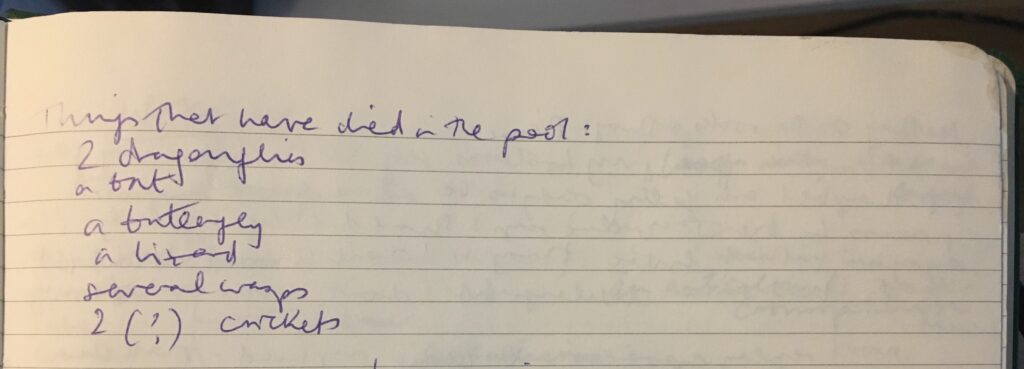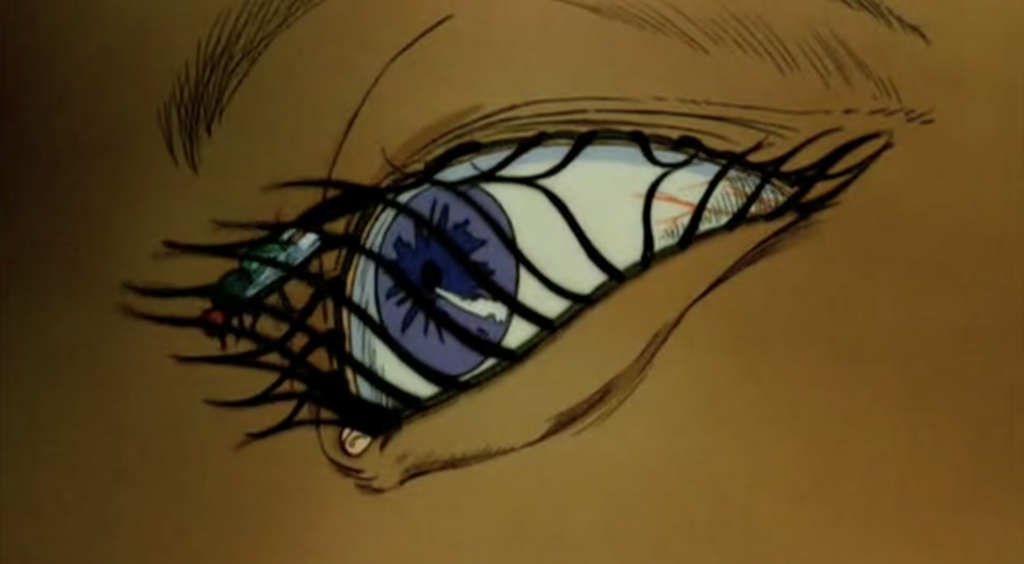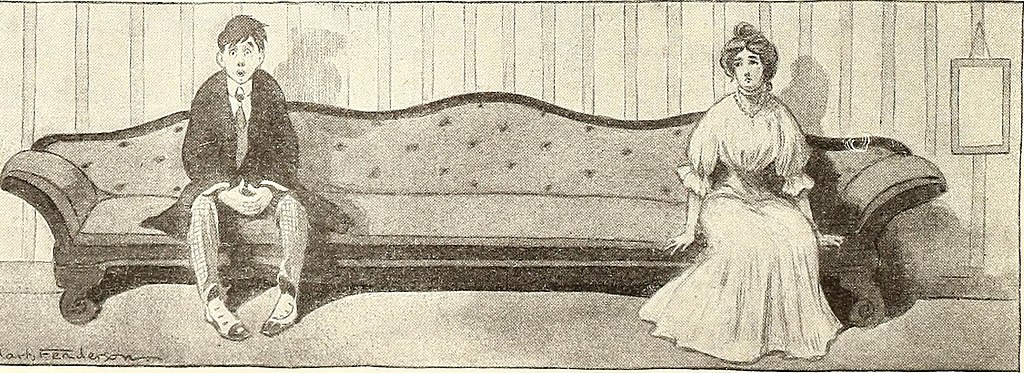Gary Indiana with Ashley Bickerton, circa 1986. Courtesy of Larry Johnson.
Do Everything in the Dark was the last of three novels I wrote while mostly living in houses in upstate New York or at the Highland Gardens Hotel in Los Angeles. It began as a collaborative book project with a painter, my extraordinary friend Billy Sullivan: I was to write very brief stories to appear beside portraits of his friends and acquaintances, many of whom were also friends of mine. The stories would not be directly about the portrait subjects, but fictions in which some quality or characteristic of a real individual was reflected, stories about characters they might play in a film or a theater piece.
This project was never entirely certain, the prospective publisher having had an opacity comparable to that of Dr. Fu Manchu, and somewhere in the summer of 2001, Billy and I realized our book was never going to happen. By that time I had written most of what appears as the first third of this novel, though, and in this instance I had written past Kafka’s “point of no return” much sooner than I normally did. (I have abandoned many more novels than I’ve ever published, usually realizing after 50 or 60 excited pages that they were heading nowhere I wanted to go.)
One early title I considered was Psychotic Friends Network. At the time, an unusual number of people I knew were experiencing crises in their personal or professional lives, having committed themselves to relationships and careers that, however bright and promising for years, were suddenly not working out. The binary twins, “success” and “failure,” were negligible concerns in what I was writing about, though some of my characters tended to judge themselves and others in those terms; I was far more interested in depicting how things fall apart and reconstitute themselves in the face of disappointment. My overall purpose in writing Do Everything in the Dark was to discover, if I could, what some would call paranormal ways in which a lot of monadic individuals and couples are connected to a vast number of other people, how networks of money, emotions, and wishes overlap across the shrunken geography of a globalized world. I also wanted to write a novel in which the two Greek concepts of time, chronos and kairos, were at work simultaneously, chronos being linear, consecutive, and irreversible, while kairos, “the moment in which things happen,” offers people an opportunity to employ time as a flexible medium—to write books, paint pictures, fall in love, or walk away from unfavorable situations.
When you live alone with characters you’re making up, you are more alone with yourself than you realize. Re-reading this book after twelve years, I see more clearly than I did then that it’s a hall of mirrors. Not everyone in it is me, but I distributed my own insecurities and madness quite liberally among the figures I modeled after people I knew. And the book I thought I was writing from such a dissembling distance from real life situations turns out to be transparently about people whom a great many other people reading it could readily identify. That doesn’t matter. I wasn’t indicting anybody in front of a grand jury. It isn’t a cruel book, or a score-settling one. In certain places, I did defend my side of a few long-recounted, wildly distorted stories people told about me, in a veiled way, but I wasn’t moved by any animus about them; they were just more material when I needed some.




















